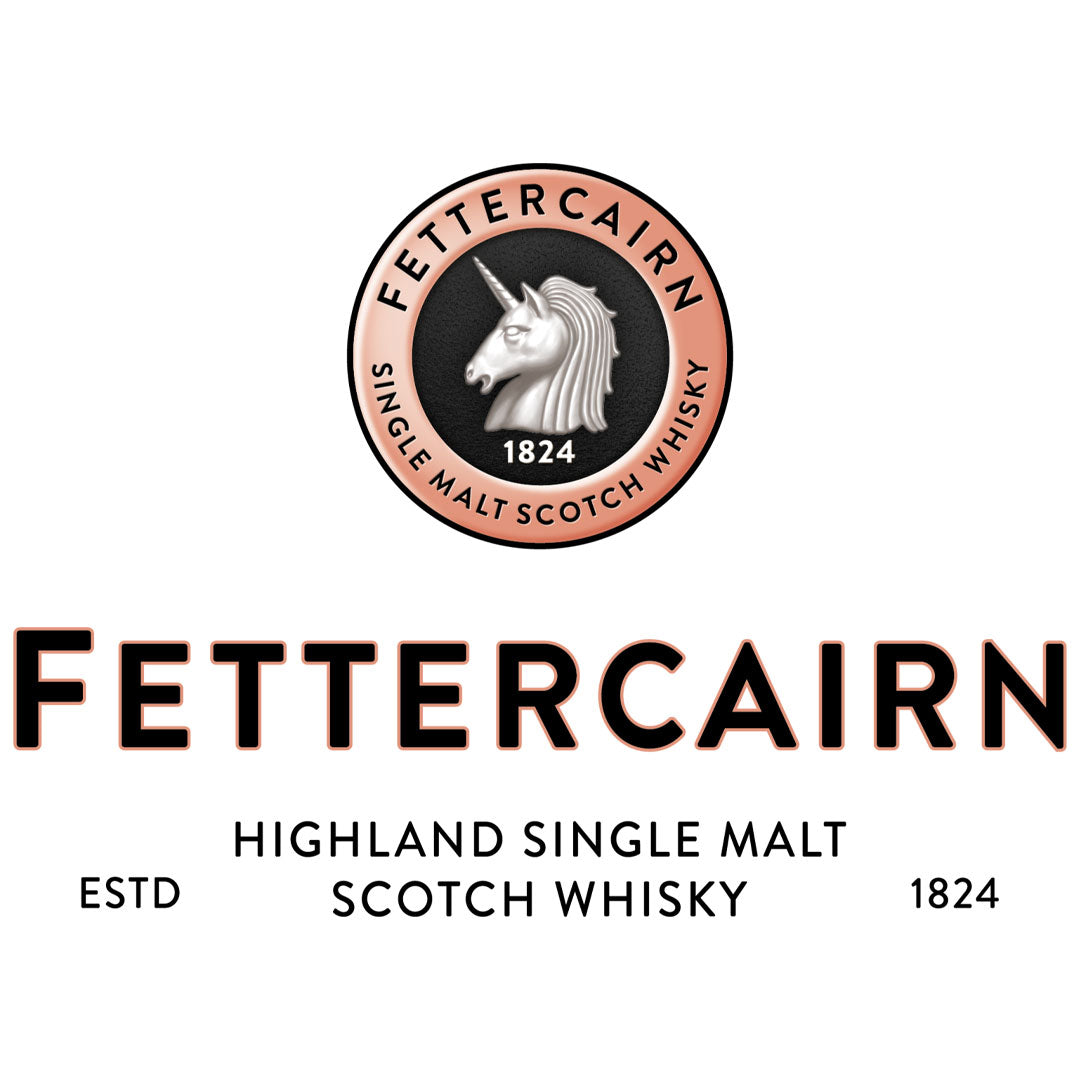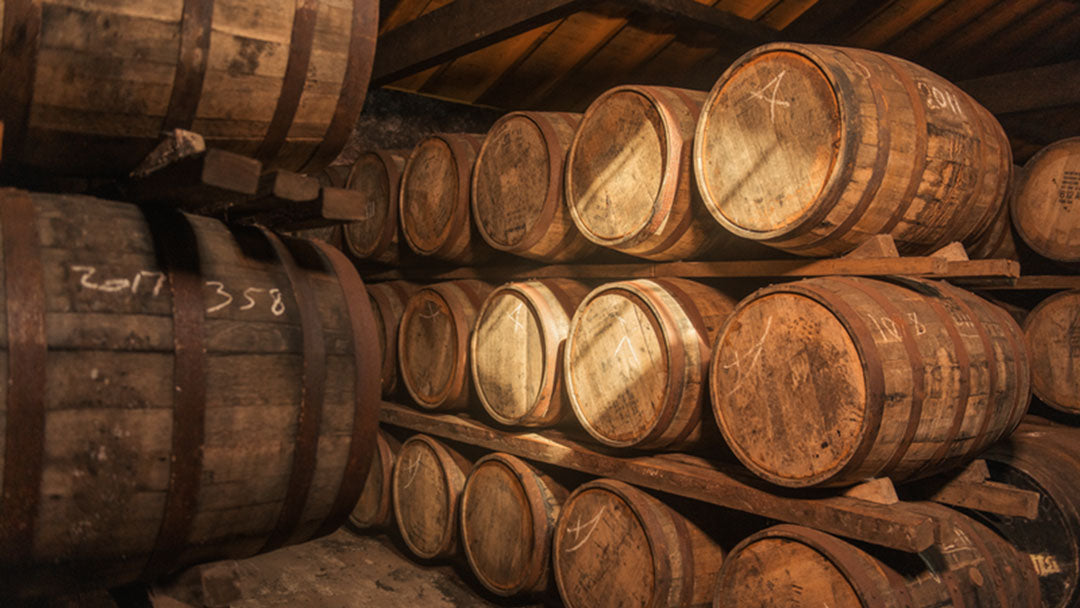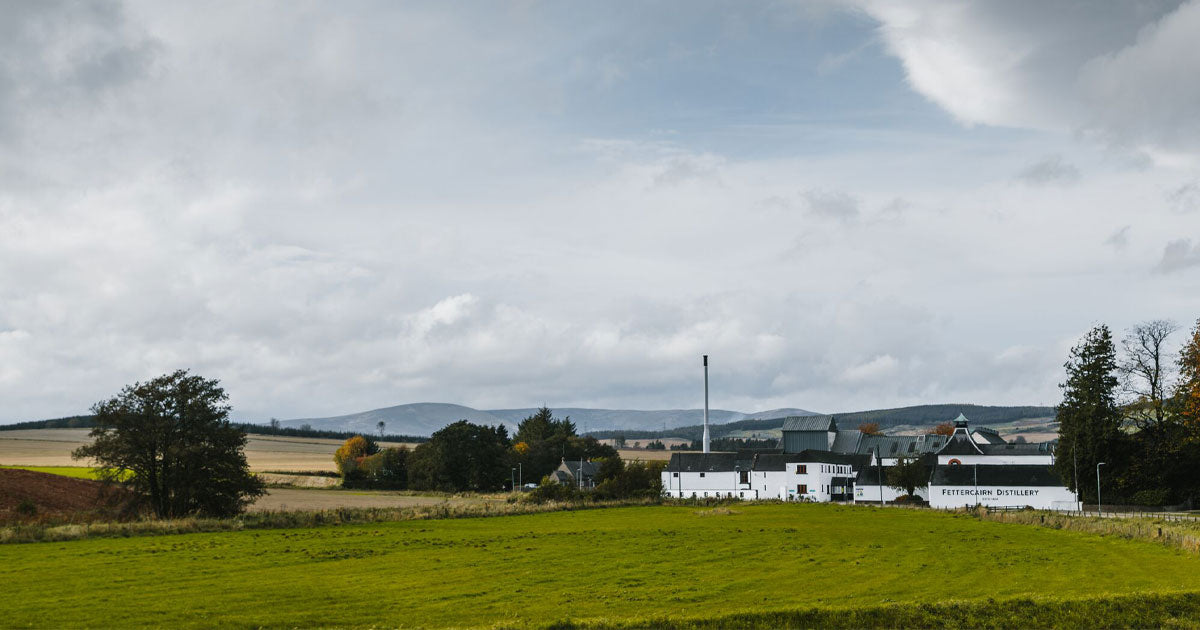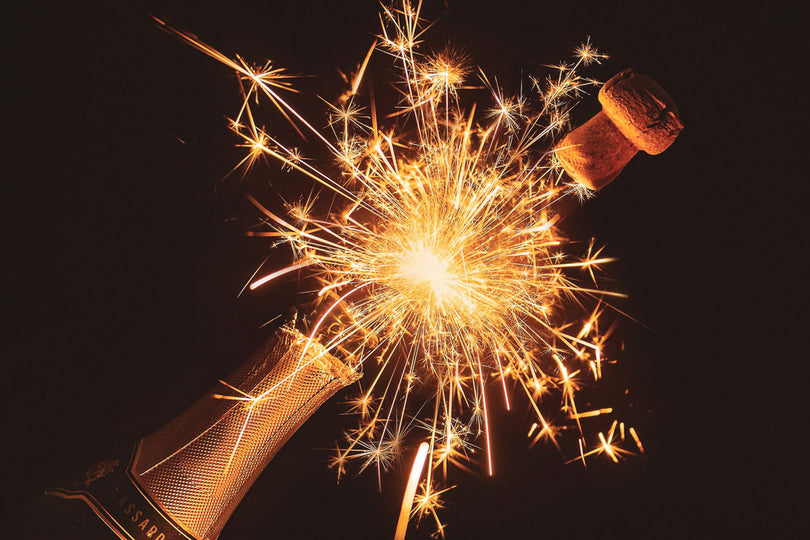
Fettercairn test
Driven by an enlightened ethos at the heart of their distilling philosophy since 1824, today Fettercairn Distillery lives by a long-standing commitment to unfettered thinking. They’re not like other distilleries and they’ve never been afraid to tread their own path. It’s only by defying convention, tradition and expectation, they can adopt an enlightened and progressive approach.
-
Fettercairn 12 Year Old Single Malt 70cl
Since Sir Alexander Ramsay established the distillery in 1824 they have been going to extraordinary lengths to capture the purest expression of the...Regular price £46.99Sale price £46.99 Regular priceUnit price / per£53.99 -
Fettercairn Warehouse 14 Batch No.001 70cl
Fettercairn Warehouse 14 Batch No. 001 is a distinctive single malt whisky. This release is part of a series that explores the unique maturation co...Regular price £64.99 -
Fettercairn 18 Year Old Scottish Oak Cask Single Malt 70cl
They say purity is a rare thing and worth saving for, this certainly is. This 18 year old release from Fettercairn has been crafted using a handpic...Regular price £175.00 -
Fettercairn Warehouse 2 Batch No.004 70cl
The fourth release in The Collection, Warehouse 2 Batch No.004 has been crafted using a handpicked selection of first and second fill American and ...Regular price £54.99Sale price £54.99 Regular priceUnit price / per£59.99 -
Fettercairn 16 Year Old Single Malt 100cl
Each release of Fettercairn 16 year old single malt will showcase a maturation journey that enhances the tropical distillery character derived from...Regular price £99.99 -
Fettercairn Warehouse 2 Batch No.002 70cl
The second release in The Collection, Warehouse 2 Batch No.002 has been crafted from a hand picked selection of 1st fill ex-American Rye barrels an...Regular price £58.99 -
Fettercairn 16 Year Old Single Malt 70cl
Each release of Fettercairn 16 year old single malt will showcase a maturation journey that enhances the tropical distillery character derived from...Regular price £69.99 -
Fettercairn 22 Year Old Single Malt 70cl
This exceptional single malt has been matured for 22 years in American ex-bourbon casks, the perfect maturation partner for the tropical character ...Regular price £239.99

Fettercairn's Process
Fettercairn whisky’s tropical character owes a lot to their unique distillation process.
A cooling ring sits at the top of our stills, drenching them with crystal clear mountain water, cooling the copper so only the finest vapours rise, a unique piece of ingenuity that has become a defining feature of their distillery.
Water
Pure and clear mountain water - a key element in the whisky-making process.
Stills
The stills, and their unique cooling rings, capture only the purest expression of Fettercairn's character.
Casks & Warehouses
After distillation, casks are hand selected to compliment and honour their tropical new make spirit before they are tucked away to rest and mature in one of the 14 dunnage warehouses.

Fettercairn's Heritage
From the very beginning they have done things a little differently in the pursuit of great whisky.
1824
The founder, Sir Alexander Ramsay was one of the Scottish landowners who campaigned to license Scotch Whisky distillation. In 1824, he was one of the first to apply for a license, and the Fettercairn distillery was opened.
But despite Ramsay’s campaigning for regulation, he was a canny businessman, and he recruited illegal whisky makers to be his first stillmen. He recognised only they had the knowledge and skills he needed. So, from the very beginnings, they’ve been doing things a little differently in the pursuit of great whisky.
1829
In 1829, Ramsay's Fasque estate, on which the distillery buildings sit, was sold to the Gladstone family. Their most famous son was William Gladstone – British Prime Minister four times during the late nineteenth century. Gladstone was a great friend to the Scotch Whisky industry. He abolished the taxes on malt and the Angel’s Share, and introduced legislation allowing Scotch to be sold in glass bottles for the first time.
1861
The village of Fettercairn has as rich a history as the distillery. It lies in the heart of rich farming land – a beautiful rural setting which has always attracted visitors. On 20th Sept 1861, Queen Victoria and her husband Albert snuck away from nearby Balmoral to stay incognito at the Ramsay Arms (still the village pub). They enjoyed drinks and a meal, all in secret. The villagers later raised a monument to commemorate the visit – an imposing arch which still stands in the centre of the village.
1950
In the mid-1950s, the whiskymakers at Fettercairn experimented, seeking ways to create a purer expression of their spirit. They found that pouring water down the still cooled the copper, increasing condensation inside so only the lightest vapours could rise for collection. They fashioned a copper tube around the top of the still to continually douse it with water - an ingenious and practical solution which remains unique in Scotch whisky-making to this day.









